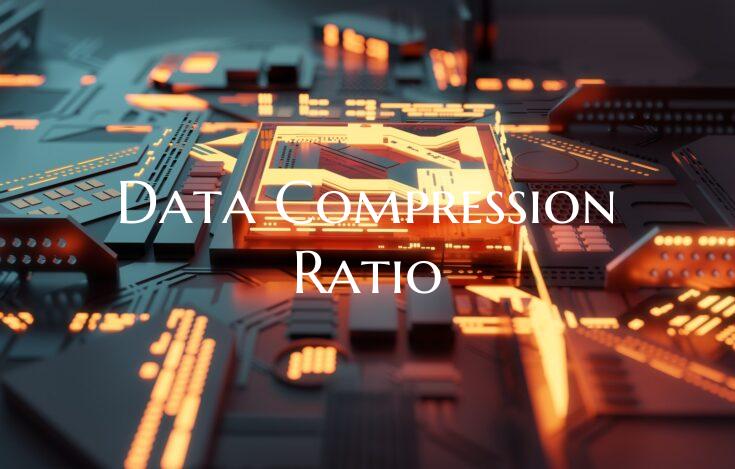Data Compression Ratio
Data compression ratio is a key concept in the field of data storage and transmission. It refers to the relationship between the original size of a data file and the size of the file after compression. By reducing the size of data, compression techniques aim to save storage space, decrease transmission time, and improve overall efficiency.
There are two main types of compression: lossless and lossy. Lossless compression retains all the original data when decompressed, ensuring that the exact original file can be reconstructed. This type of compression is commonly used for text files, spreadsheets, and executable programs. Lossy compression, on the other hand, sacrifices some data during compression to achieve higher compression ratios. This is often used for multimedia files like images, audio, and video.
The compression ratio is calculated by dividing the size of the original data by the size of the compressed data. For example, if a file is originally 100 MB and, after compression, it becomes 20 MB, the compression ratio would be 100 MB / 20 MB = 5:1.
A higher compression ratio indicates more effective compression, as it means that more data has been removed or represented more efficiently. However, achieving a high compression ratio without compromising the quality of the data is a delicate balance that depends on the specific compression algorithm used and the nature of the data being compressed.
In practical terms, data compression ratios are essential in various applications, including file archiving, data transmission over networks, and multimedia streaming. Understanding how compression ratios work and selecting the appropriate compression method for different types of data are crucial steps in optimizing data storage and transmission processes.
In conclusion, data compression ratio plays a crucial role in managing data effectively, minimizing storage requirements, and improving the speed of data transmission. By leveraging compression techniques intelligently, organizations can optimize their data processing workflows and enhance overall efficiency.

